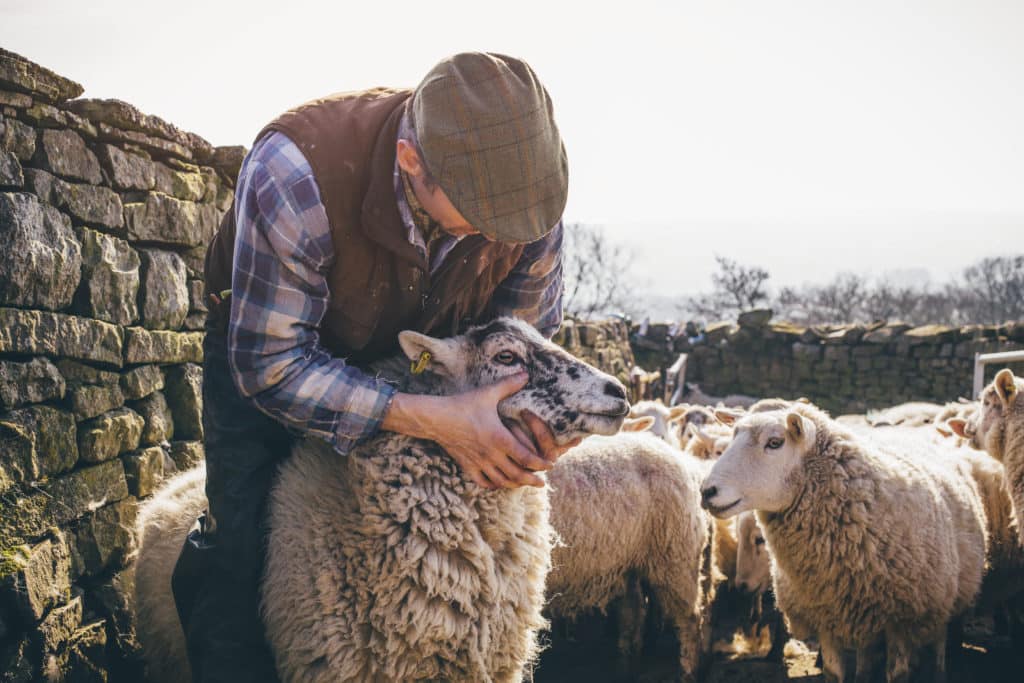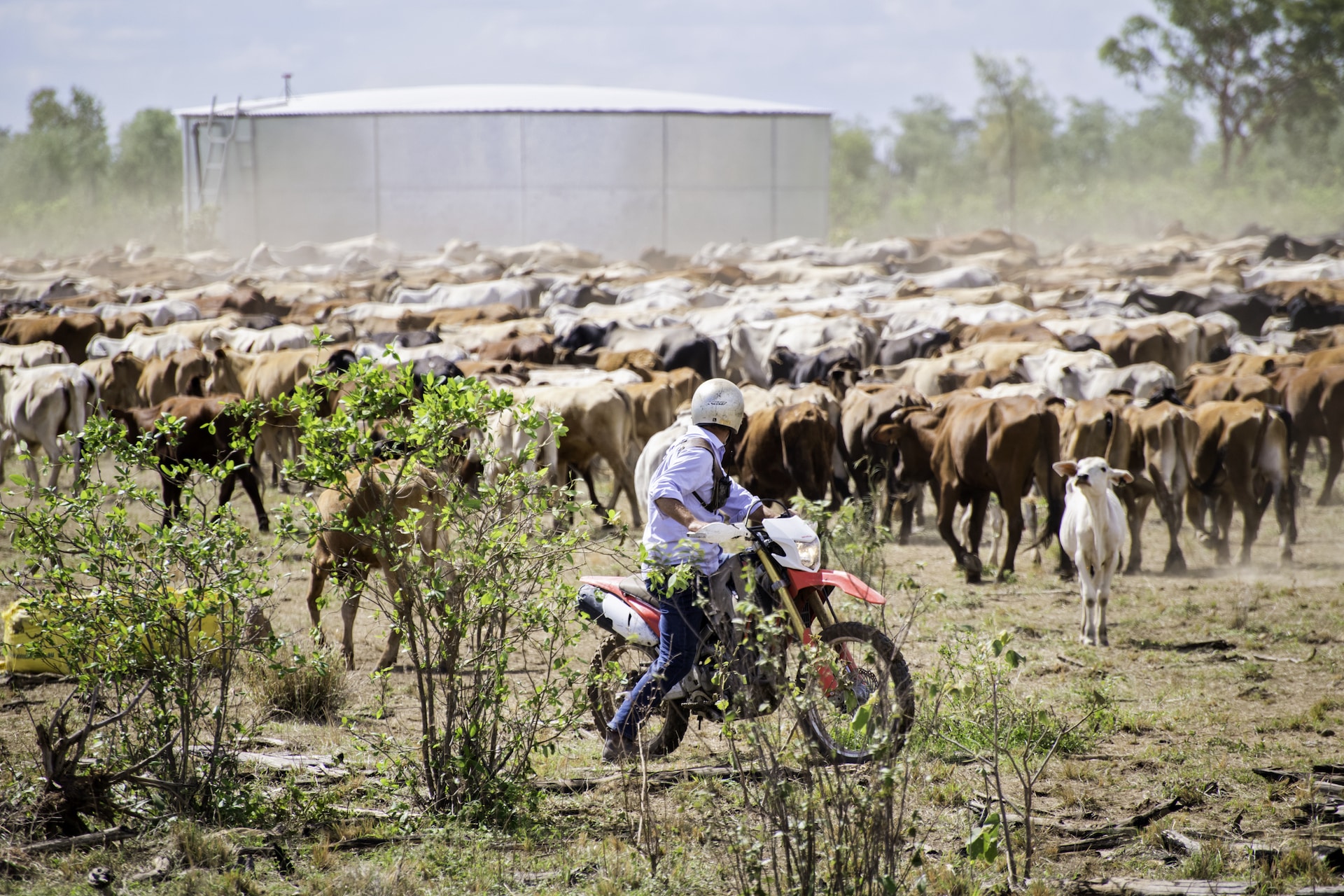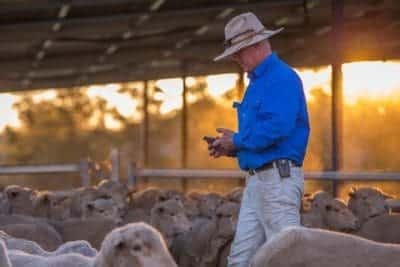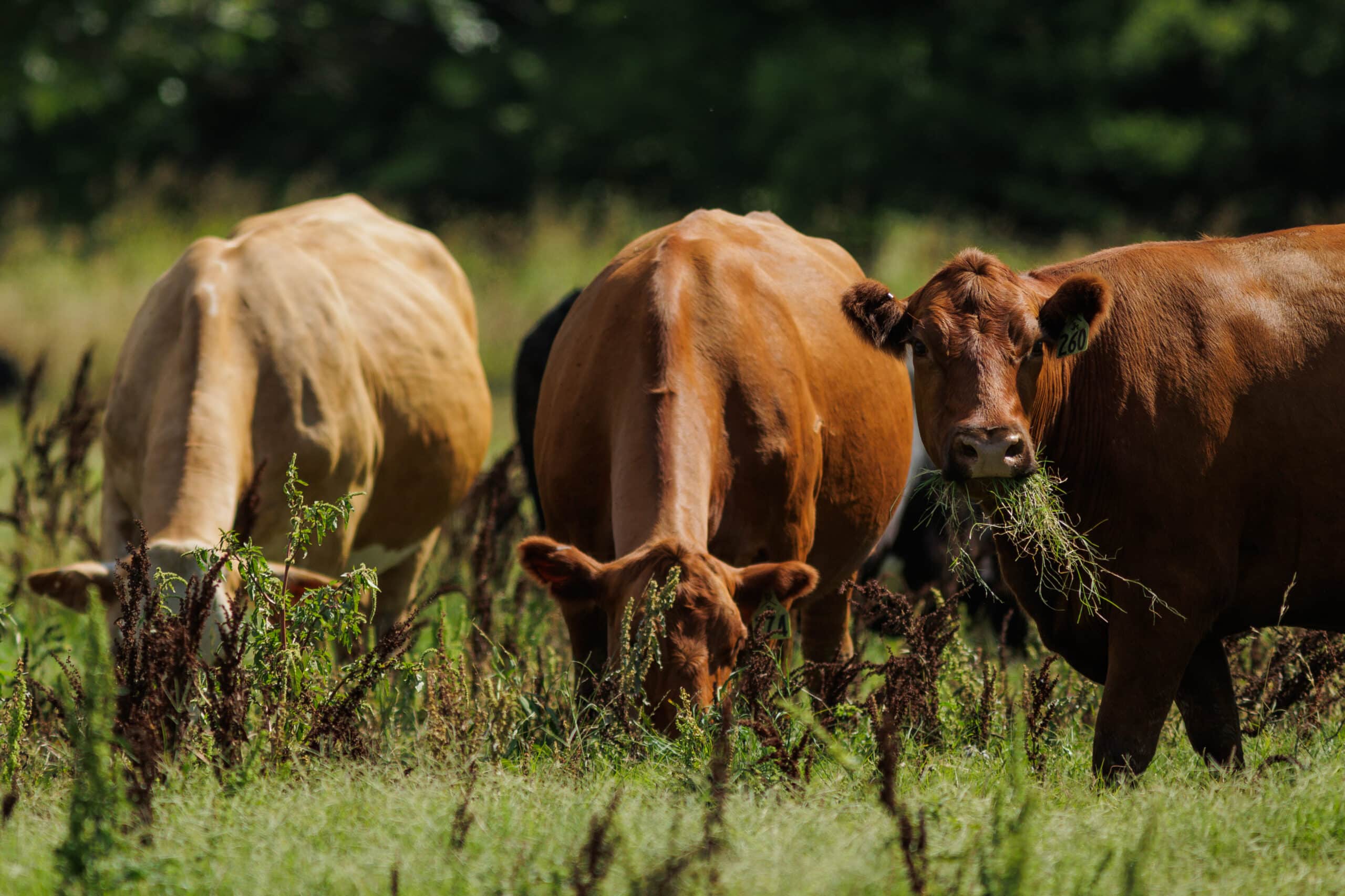Using KPIs to find farming success

You have a business plan and a livestock management solution to digitise your records and operations. Now, you can collect that valuable data to give powerful insights into your farm business.
But how do you turn those insights into action? Key performance indicators (KPIs) are a valuable measure to give you a handle on your business, identify opportunities, and track your progress towards your goals.
What exactly are KPIs?
KPIs (key performance indicators) are objective values that indicate where your business is in relation to where you want to take it. To be effective, KPIs need to be measurable, whether in kilograms, head of livestock, or pounds sterling and pence. They must be relevant, with a clear link to your operation’s success. And they need to be comparable so that you can measure results against different fields and flocks, different seasons, or different farmers.
KPIs in the livestock industry
A wide range of KPIs is used in the livestock industry – so wide that it’s almost overwhelming deciding which ones are relevant for your operation. AHDB has a number of KPIs for UK farmers, which serve as a guide for how your operation compares to the other farms.
A good place to start is with a few basics. Then you can look at more detailed metrics later.
One KPI every farmer should be across is the livestock Cost of Production. The figure derived from total livestock costs (including forage, medication and treatments, overheads, unpaid labour, depreciation for machinery, contractors, rent and value of owned land) indicates the outlay required to produce each kilogram of meat.
Knowing your CoP means you can make informed decisions about investment and marketing. You can also use CoP for benchmarking your farm against similar businesses and identify areas where your operation is underperforming.
Developing your own KPIs
The KPIs you want to record and track will depend on your goals for your property. What area of the farm business are you hoping to improve? What measurements are needed to monitor the physical or financial performance? Below are some examples of KPIs that could be a guide to success on your farm.
GOAL: IMPROVE YOUR GRAZING STRATEGY
Well-managed grass is the cheapest feed for livestock, and increasing grass grown and utilised correlates with increased profitability. While improved grassland in most of the UK can produce over 12t DM/ha, the current average is closer to 7t DM/ha. You can increase output by reseeding, rotational grazing, or a combination of both.
KPIs to track include:
-
- Grass grown (tonnes of dry matter per ha)
-
- Stocking rate per ha (livestock units)
-
- Daily liveweight gain across the grazing season (kg/day)
GOAL: IMPROVE PRODUCTIVITY
Fertility measures provide a straightforward indicator of productivity as, without fertility, you don’t have a business. Many of AHDB’s KPIs for suckler herds and KPIs for the lamb sector, such as ‘age at first calving’ and ‘lamb losses from scanning to reared’, relate to fertility.
These KPIs help you identify if there’s a problem with fertility. Still, the damage has already been done when the numbers are tallied. One KPI to monitor throughout the season is your animals’ Body Condition Score (BCS). In both cattle and sheep, there is a clear correlation between optimum BCS and positive fertility incomes. By monitoring BCS regularly, you can address shortcomings as they arise.
Therefore, you might want to track your stock’s BCS now and put in place goal KPIs for pre-tupping time, for example.
KPIs to track include:
-
- Body Condition Score
-
- Progeny of ewes and cows (how many / rate or mortality)
-
- Time to finishing
See how AgriWebb helps with efficiency metrics here.
GOAL: IMPROVE SUSTAINABILITY
One way to review your farm’s environmental impact is with carbon footprinting. The practice identifies the quantity and source of your greenhouse gas emissions (carbon dioxide, methane and nitrous oxide). Carbon footprinting can be done with an online calculator – Agrecalc, Farm Carbon Toolkit and Cool Farm Tool are three popular ones – or the services of a carbon auditor or grazing and carbon apps such as ruumi.
The carbon footprint can be expressed as ‘kg of carbon dioxide equivalent (CO2e) per kg of product’. The goal, supported by the NFU, is to make the figure ‘0kg CO2e/kg of product’ by 2040.
KPIs to track might include:
-
- Amount of fertiliser used
-
- Type of grass by field (whether grass, grass-mix, herbal mix, red clover, etc.)
-
- Time grass not being grazed
A more efficient, productive animal is likely also to generate fewer emissions, especially if finished earlier from better feed and grazing provision.
See how AgriWebb helps with sustainability metrics here.
GOAL: IMPROVE ANIMAL WELFARE
Health and welfare KPIs can include a measure of mortality rates or how much medicine is used producing each kg of beef. High medicine use can indicate problems with disease as a result of poor welfare. Tracking the incidence of lameness and monitoring BCS will also indicate the general health of animals. Improving livestock health outcomes will contribute to a productive herd and a more efficient enterprise.
KPIs to track might include:
-
- Amount of antibiotics used
-
- Type of food served (grass or herbal mix, etc.)
-
- Days on pasture
Tracking your KPIs
Once you have identified the KPIs you want to track, you need some way to track them. You could do this with pen and paper or software such as Excel. However, a livestock business management software, such as AgriWebb, is a good way to not only digitise your tracking, but also have easy access to reporting. Having clear reports gives you a really quick and clear snapshot of how you are performing and where you could improve further.
Find out more about how AgriWebb can provide you valuable insights for your farm.



